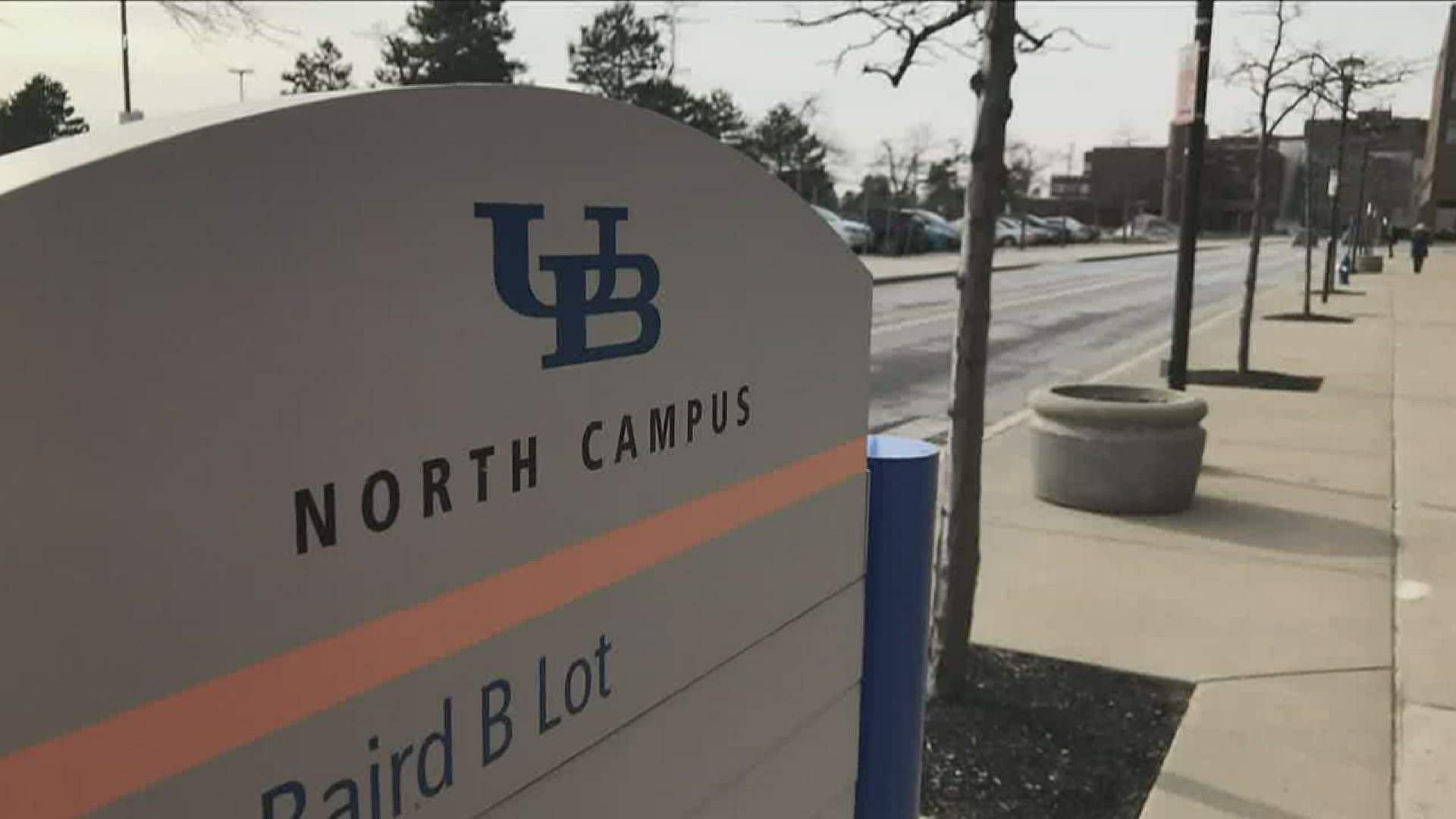BUFFALO, N.Y. — A newly released symptom added to the list by the CDC of those recently as a COVID-19 predictor has shown up prominently in a study done of nearly 1,000 health care workers.
Researchers at the University at Buffalo studied 961 of those on the front lines and found the loss of taste and smell had the highest correlation to a positive result for the virus.
The research could lead to new protocols on who should be tested and how testing resources should best be utilized.
The study was published in the May 12 Journal of Academic Emergency Medicine. Its aim was to develop evidence-based criteria for COVID-19 testing based on the probability of positive results. That way scarce testing resources could be prioritized for those who really need them.
Dr. Brian Clemency, an associate professor in the Department of Emergency Medicine at the Jacobs School of Medicine and Biomedical Sciences at UB and a physician with UBMD Emergency Medicine authored the study.
The nearly 1,000 health care workers part of the research were observed for the following 10 symptoms: fever, fatigue, dry cough, loss of appetite, muscle pain, difficulty breathing, coughing up phlegm, sore throat, diarrhea and loss of taste or smell.
“The data analysis showed that the loss of smell or taste, which has only recently been included in the list of COVID-19 symptoms, was the symptom with the highest likelihood of a positive result,” Clemency said, adding that fever was also predictive of positive test results.
The data used in the study was collected in the Kaleida Health System between March 26 and April 16.


